The Peace Lily is a popular indoor plant known for its dark green leaves and elegant white flowers. Native to tropical regions, it’s cherished for its beauty, air-purifying qualities, and low-maintenance care.
Called the Rabbit’s Foot Fern for its furry rhizomes that slowly creep out of the pot, this Fern plant is a soft foliage houseplant fit for growing in containers. It looks spectacular hanging in covered patios as well as overflowing from pedestal planters. The glossy dark green fronds of this stunner are divided very finely and lend a beautiful cascading effect to the plant’s appearance. Additionally, these stunning indoor plants are perfect for pet households due to their pet-friendly nature.
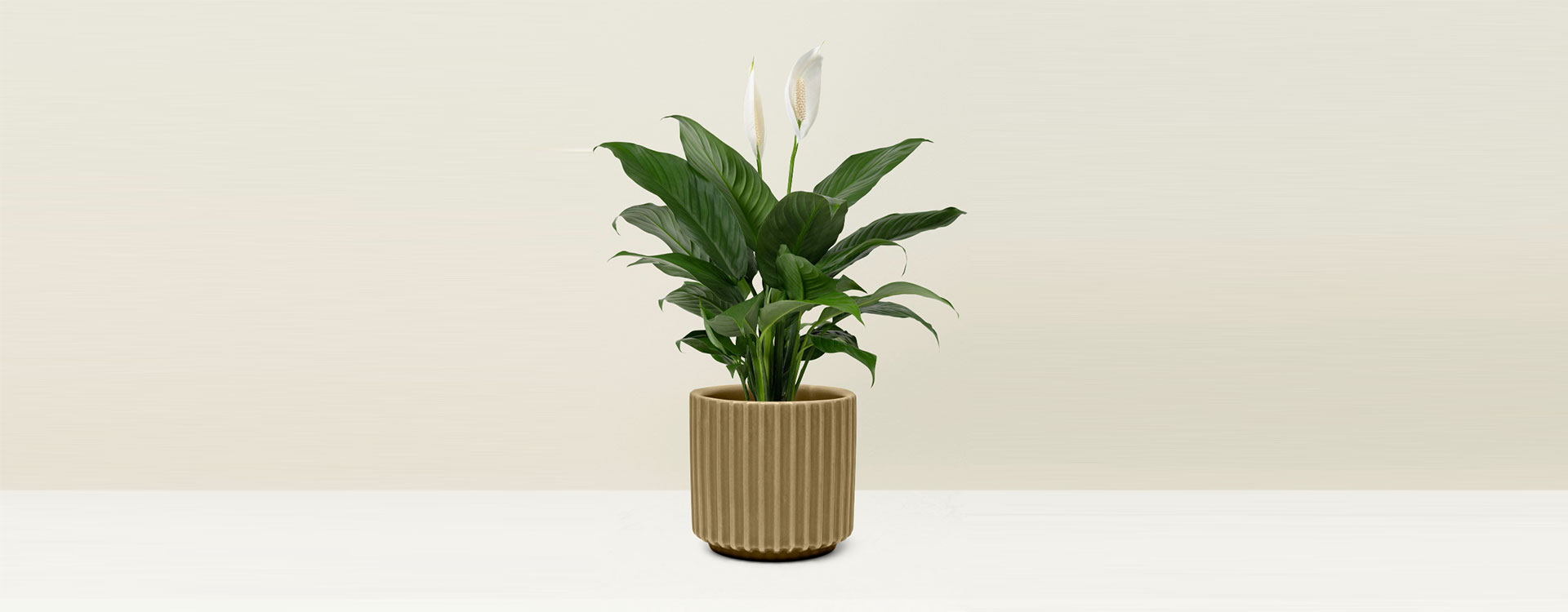
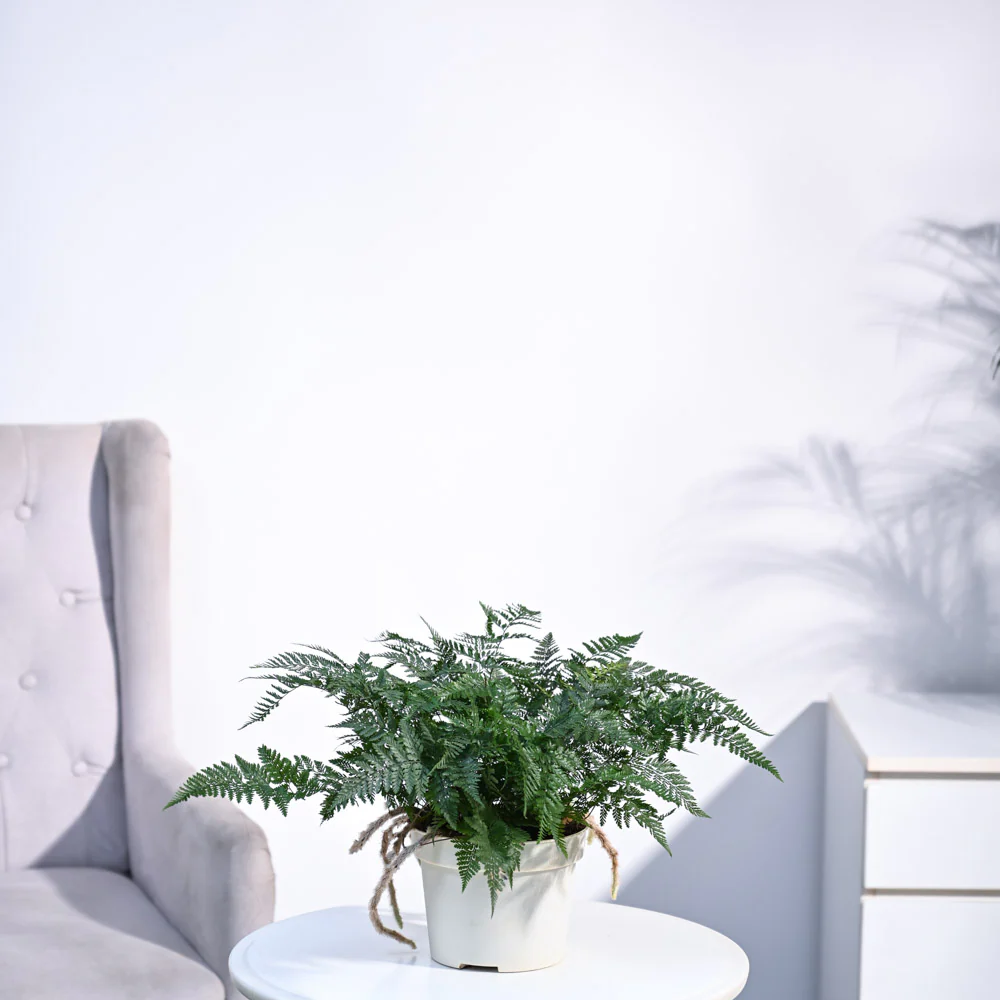
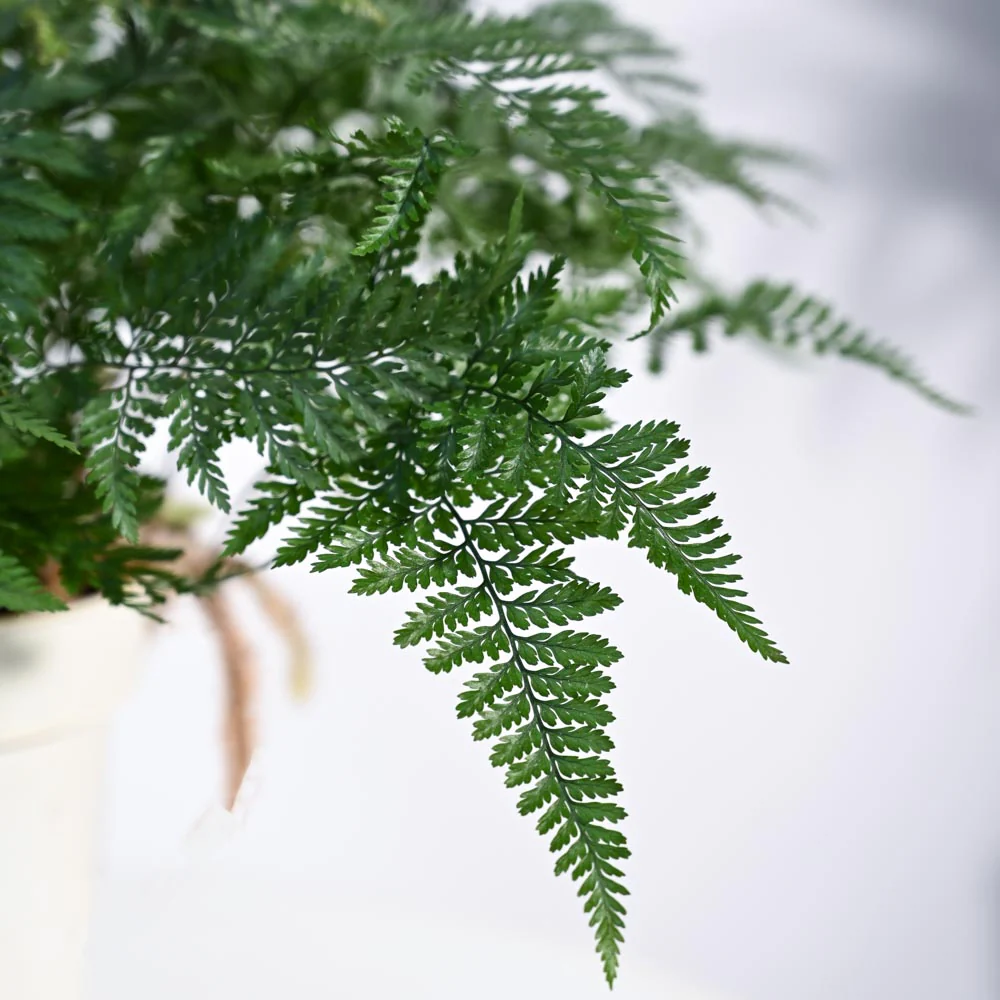
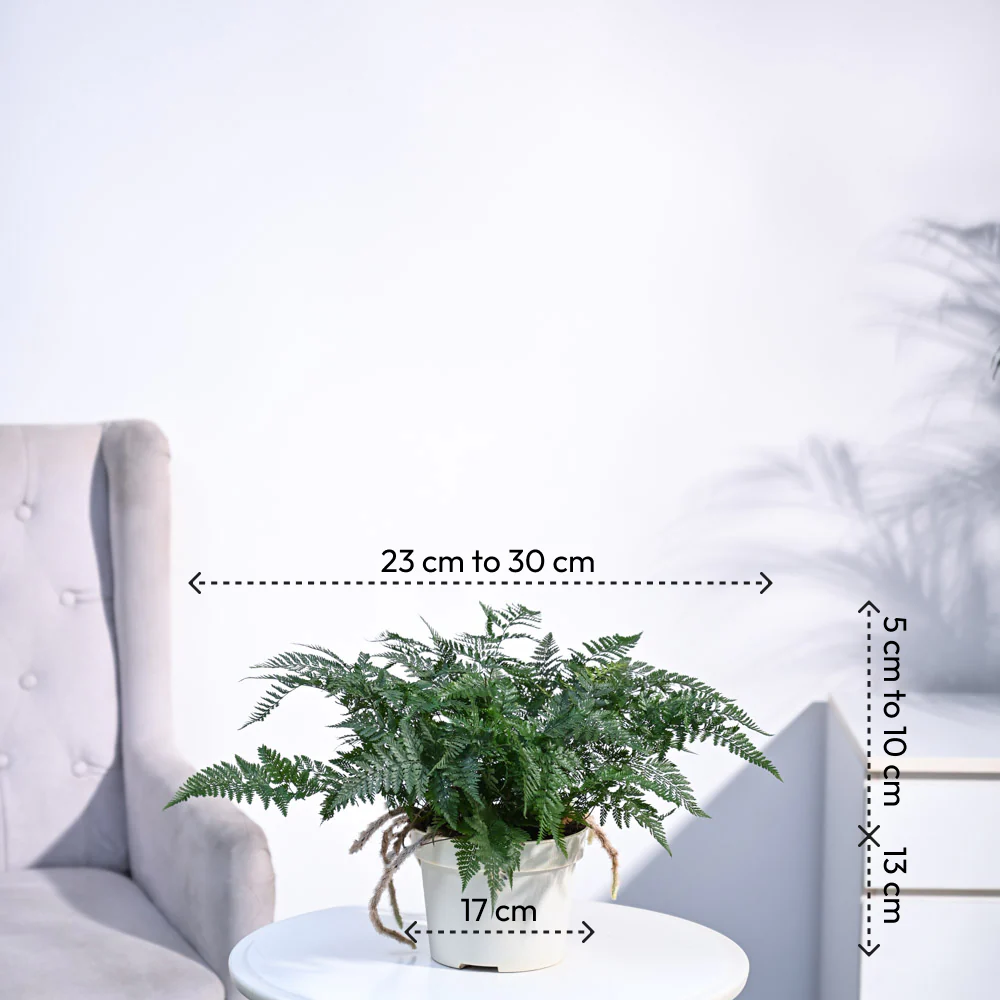
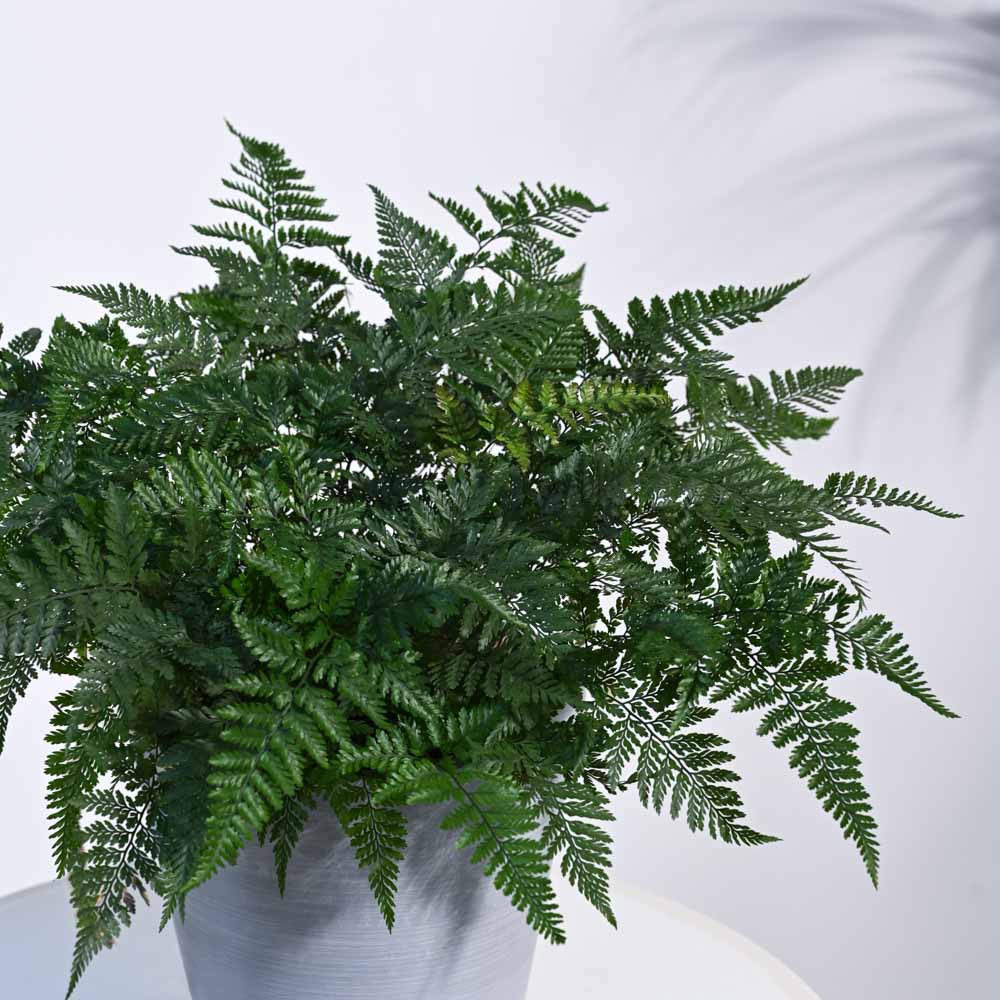
Subscribe our newsletter
© Copyright 2024 | PlantUncle By Eaglemedia360.com